Adhesive pad belong to the group of adhesives and represent materials which are intended to improve the hold of a dental prosthesis. They help to increase the biting force of prosthesis wearers and to limit typical signs of wear and tear on the jawbone. In the case of ill-fitting dentures, however, even adhesive cushions do not improve the hold.
What is a sticky pillow?

Adhesive cushions are elastic plastic films that attach to the jaw and can hold for up to three weeks. They are used as a lining for dentures on the jaw to improve their hold.
Before an adhesive pad is pressed onto the prosthesis, it must be cleaned and dried. When it comes into contact with the jaw, the film becomes soft and pliable.
Before applying it to the prosthesis, it is necessary to first remove the air bubbles from the adhesive material and cut it to size. The adhesive cushions do not need to be removed from the prosthesis while the teeth are being cleaned.
Adhesive cushions do not work like adhesives, but work on the basis of suction forces. The physical basis for the suction forces are adhesion and cohesion. When properly seated, there is no more air between the jaw and the adhesive cushion, so that the forces between the molecules of the saliva, the materials of the adhesive cushion and the jaw create bonds that ensure a better hold of the prosthesis on the jaw. In addition, forces act between the adhesive pad and the prosthesis.
Adhesive pads belong to the group of adhesives. These are also available in powder, cream, strip or gel form.
Shapes, types & types
In addition to the adhesive cushions, all other adhesives also have the same function. Powders, creams, gels or strips, among other things, are applied to the prostheses. A change in the properties of the saliva also changes its consistency, so that the interaction of all materials improves the adhesive properties of the prosthesis. Without adhesive, the prosthesis would loosen quickly.
In general, adhesives consist of bio or plastic polymers such as sodium alginate, methyl cellulose, carboxymethyl celluloses, copolymers of various monomers, paraffin, petroleum jelly and others. Silicon dioxide, zinc, titanium oxide, iron oxide pigment or menthol, azurubine or various other substances are used as additives.
Adhesive cushions are made specifically of materials such as polybutylene, methacrylate, polypropylene laurate, iron oxide pigment and titanium oxide. Polybutylene, methacrylate and polypropylene laurate are polymer plastics with additives such as iron oxide and titanium oxide.
Structure & functionality
Basically, a dental prosthesis is attached to the jaw using suction forces (adhesion and cohesion). The edge of the prosthesis must be precisely adapted to the individual in order to seal the prosthesis. However, there are various factors that reduce the hold of the prosthesis and require additional lining in the form of adhesive pads and other adhesives.
The various movements of the tongue and mouth can, for example, lead to loosening and detachment of the prosthesis. There are significant differences in hold between the upper and lower jaw. Due to the smaller contact surface, the movement of the tongue and a reduced suction effect, the prosthesis on the lower jaw can loosen faster than on the upper jaw. Other factors such as the shape of the jaw, the static design of the prosthesis or chewing habits also play a role in the hold of the denture.
For example, within around 20 years of wearing the prosthesis, the lower jaw is worn out, so that it is ultimately barely there. To prevent things from going that far, bone grafting work must be carried out regularly to reconstruct the jaw. A well-fitting prosthesis is required to slow down jaw degradation. This, in turn, can only be achieved by relining with adhesives or adhesive pads.
The effect of the adhesive is based on the chemical and physical properties of the ingredients. They contain substances that swell in the saliva and thus create a certain viscosity in the mucus. This forms a film on the prosthesis, which strengthens the adhesive forces.
Typically, the adhesives must be removed and reapplied daily while cleaning the denture. However, adhesive pads can remain on the prosthesis during cleaning. An adhesive pad can be used for up to three weeks.
You can find your medication here
➔ Medicines against tartar and tooth discolorationMedical & health benefits
The medical benefit of an adhesive cushion is very high, on the premise that a missing lining of the prosthesis can lead to a complete breakdown of the jawbone. With the help of the padding with adhesive cushions, the process of wear and tear can be delayed, which represents a significant health benefit for the prosthesis wearer. Furthermore, the costs for the jaw structure and the dentures can be reduced considerably.
It also makes sense to reline the prosthesis with adhesive cushions, as painful pressure points can be avoided. If the ridge of the jawbone is angular, for example, greater loads arise when chewing. Painful pressure points can develop, which in the long term lead to ulcers. These pressure points are predestined for infections and, in the worst case, malignant degeneration. Relining with adhesive pads can prevent this process. The healing of pressure points is also accelerated by the use of adhesives. Since the jawbone is constantly changing, the lining of the prosthesis should be regularly padded every one to two years.
A fixed prosthesis also increases the biting force of the teeth. However, the biting force of a fully toothed set of teeth, which is a maximum of 50 kp, cannot be achieved. However, a bite force of up to 5 kp is made possible when using an adhesive, which in turn also has an effect on the improvement of the quality of life. However, in order to develop the positive effects, the adhesive cushion should only be applied after the denture has been adapted to the jawbone.

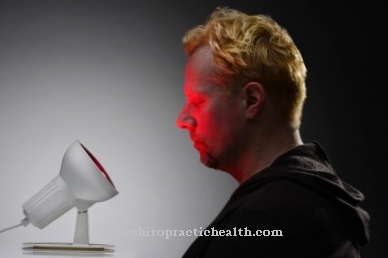
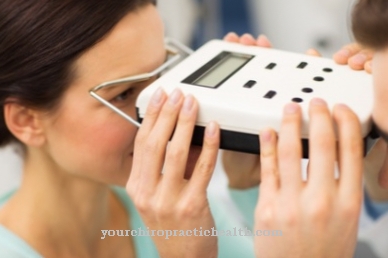
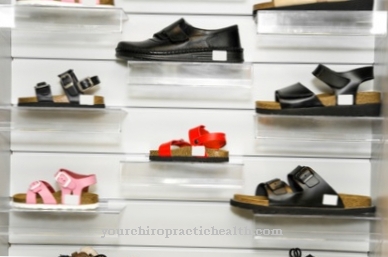
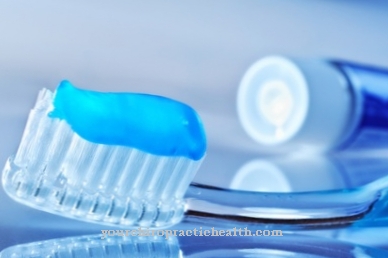
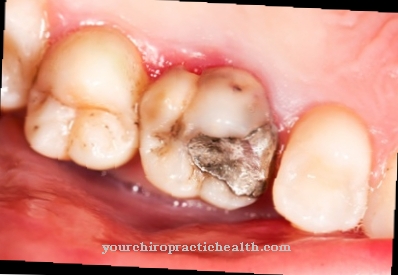


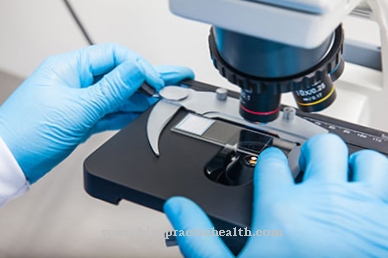

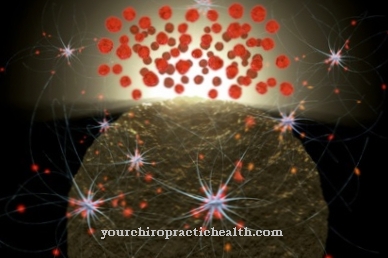

.jpg)

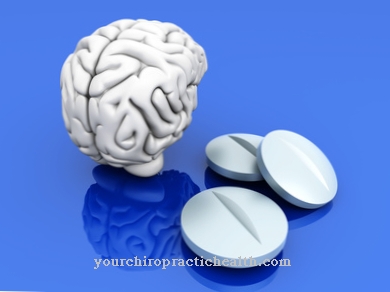




.jpg)

.jpg)
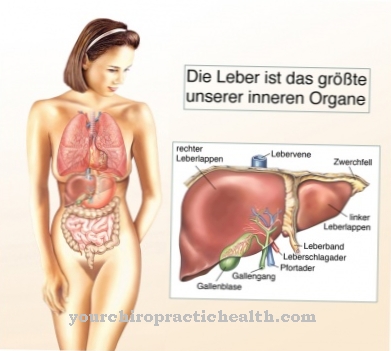

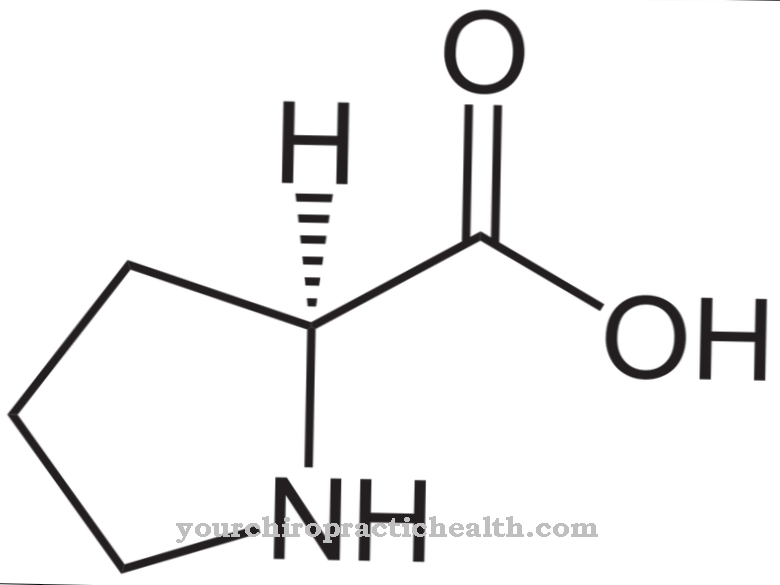
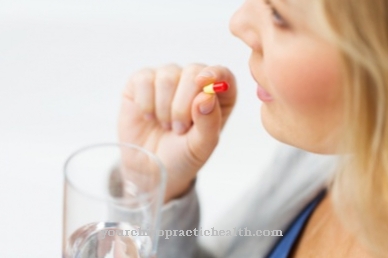
.jpg)

